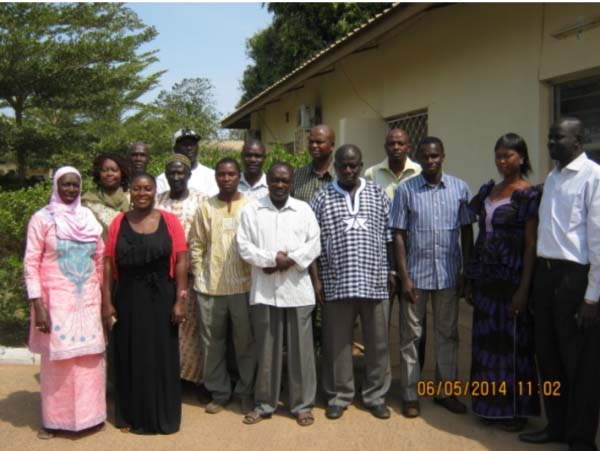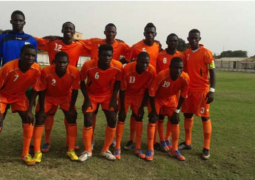
AUSAID/Livestock Intensification Project under the National Agricultural Research Institution (NARI), recently held a daylong forum for various institutions to share ideas on the success and achievements of the project and carve a way forward.
Held at NARI conference hall, the stakeholders’ forum, discussed the whining up of the project, which was to be implemented for three years in Sabach Sally and Nianija districts.
The forum also provided participants the opportunity to listen to the presentation on the project activities, indicators, and results and make recommendations on the way forward, as a similar meeting was conducted with farmer beneficiaries recently at Chamen Seed and Multiplication Training Centre in the North Bank Region.
In her introduction remarks, Madam Mama Saho, project coordinator of AUSAID The Gambia, expressed gratitude to the participants for responding to their invitation into the institutional meeting.
She disclosed that the final stages of the implementation and conclusion of the project, which was a three-year project (2011 – 2014) were important as well as to look at the achievements and make key recommendations.
According to Madam Saho, the project was funded by the Australian Government through its Agency, an International Government called AUSAID, but the name has now changed to the Department of Foreign and International Affairs because of the new Government in Australia.
She added that the total numbers of project funded by AUSAID is about six in The Gambia and crop livestock integration was one of them.
“In this forum we will discuss and share the project activities intervention of the three-year project result and recommendations for the way forward,” she stated.
She said as the project was being completed they were hoping some of the recommended best practices would stay and be maintained by both the farmers and the institution, while the researcher and the scientist would integrate some of the best practices.
Saho thanked her team members for their understanding and cooperation with her during the three-year intervention of the project, describing them as very hardworking and committed staff over the three years.



